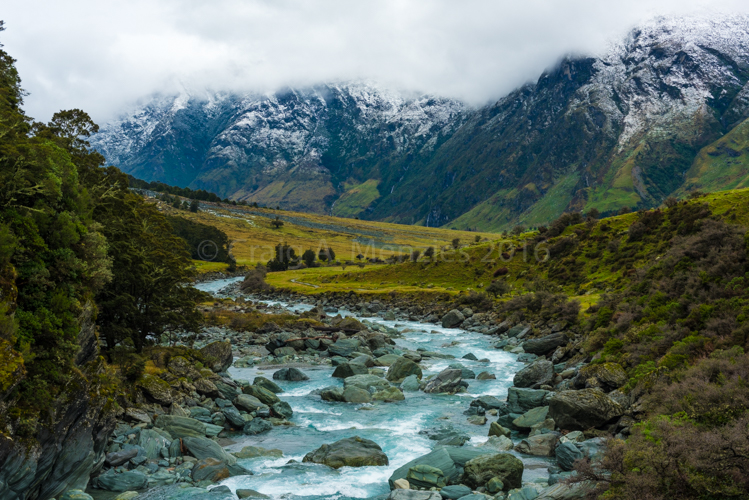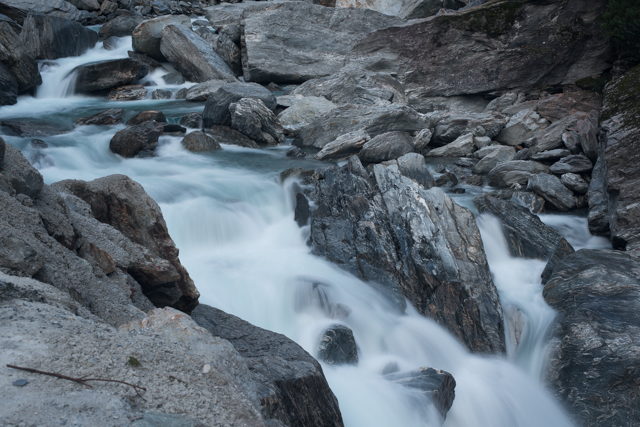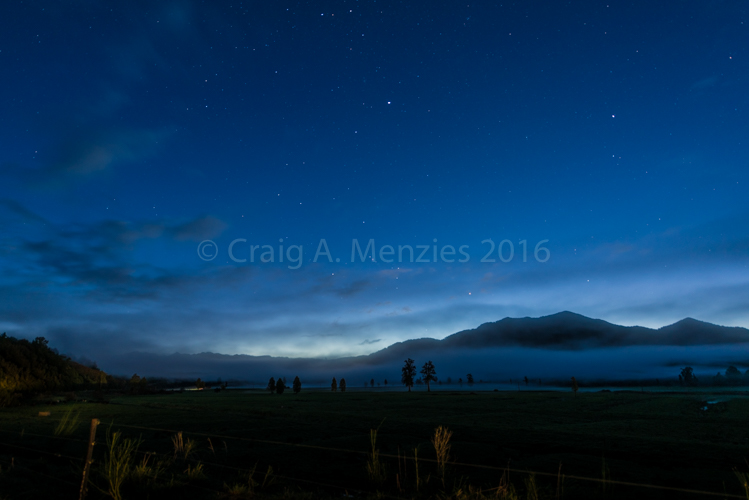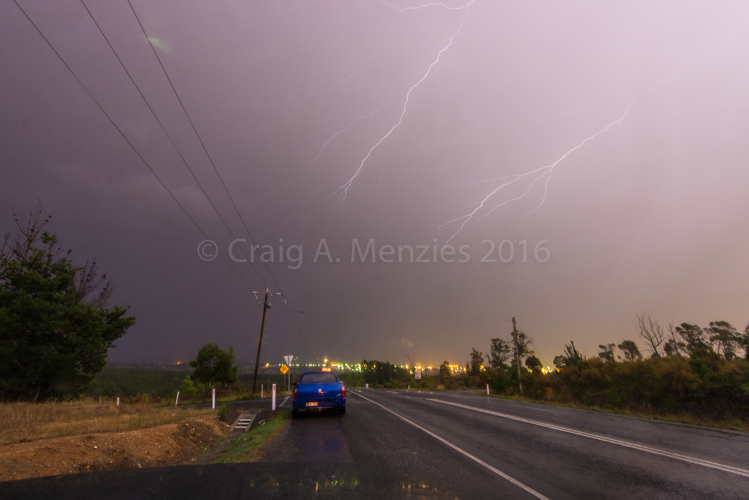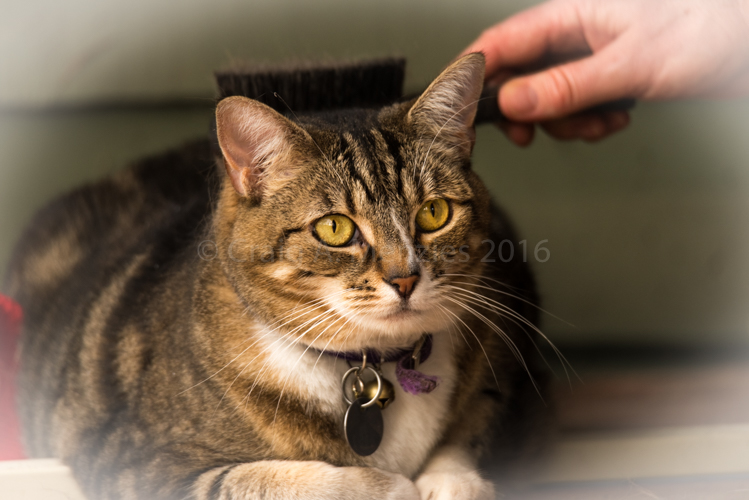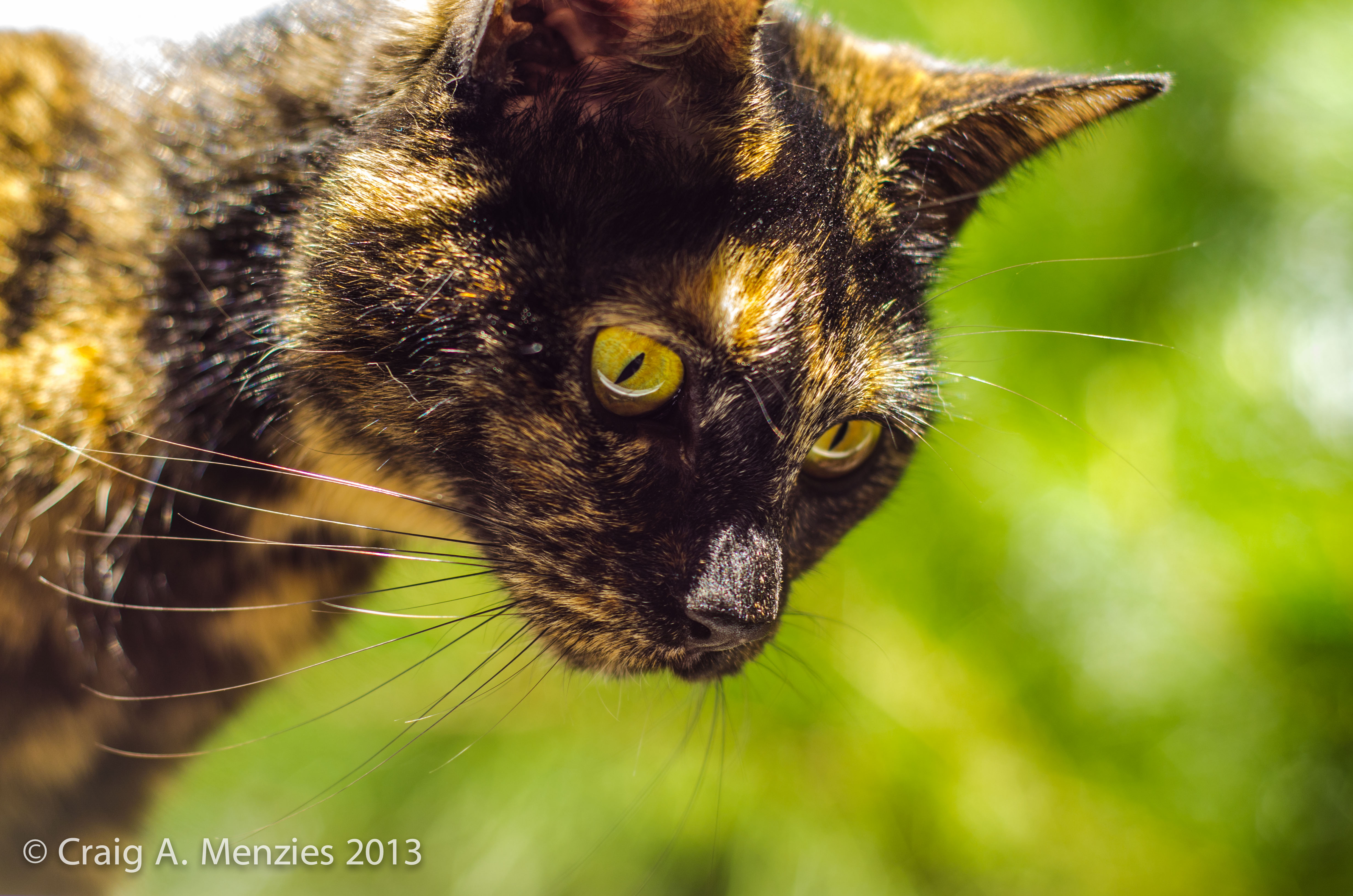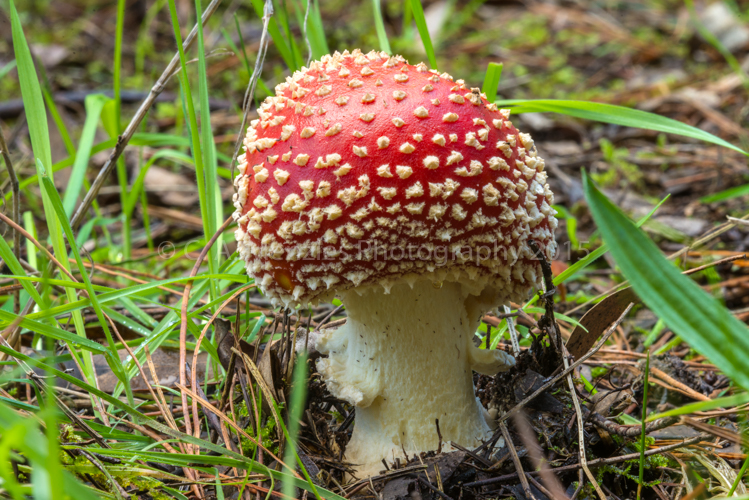I would say that 50% of the time I wanted to take a landscape shot in NZ on my recent trip to the South Island, I wished I’d had a 35mm lens to shoot the scene rather than the 50mm or the 14 – 24mm lenses I had with me at the time. Not because they weren’t great lenses, simply because I felt that the 35mm was a better choice for what I was trying to capture. I made do, and I did come back with some fantastic shots. But I decided that such thoughts had shown me a gap in my lens range that needed to be addressed.
Hence yesterday I took delivery of a Nikkor 35mm F2 AF D. There is a G version of the lens, but it’s considerably more bulky for the slight increase in sharpness and image quality. Not enough in my opinion to warrant the extra expense when size and weight is a far more critical element to me for this choice. Yes it’s an older lens design, but still relevant and reviews very well. Simplicity is often the best answer. There are just some lenses that don’t really need that much improvement, and sometimes that improvement comes at a cost that discounts some or all of the benefits of the previous design.
Like my Nikkor 50mm F1.4 AF D I need something that is easy to slip in the pocket, doesn’t take up much room, and prefer it to use the same size filters (52mm) as the 50mm F1.4 or the 50mm 1.8 lenses.
I’ve yet to give it a good test yet, but hopefully over the next couple of evenings I’ll take it for a walk and try it out. Otherwise I guess it will be getting tested on the weekend.
